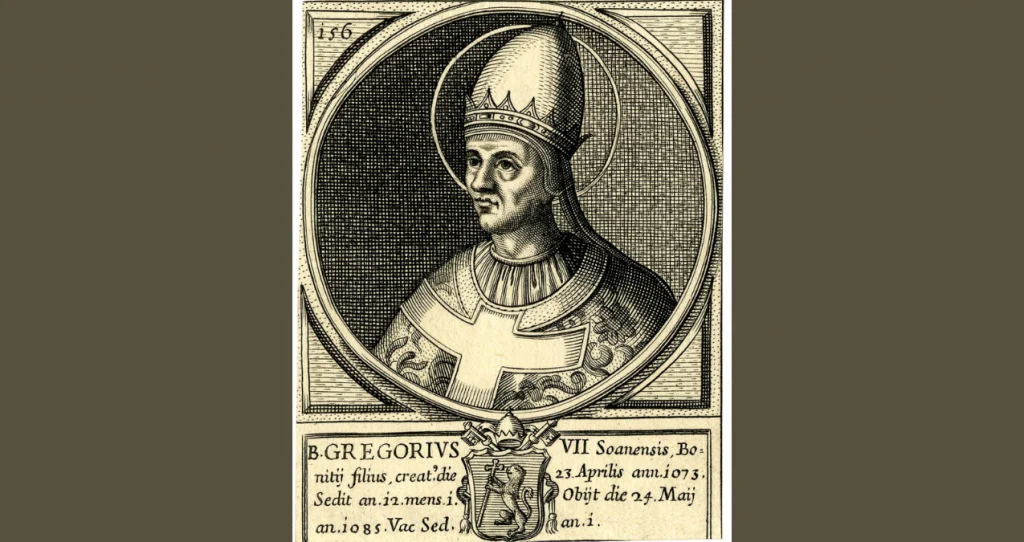 onks in certain religious orders, such as Buddhist monks and Hindu sadhus, traditionally shave their heads as a symbol of renunciation and detachment from material possessions and societal norms. This practice, known as tonsure, is a rite of passage and a symbol of their commitment to their religious beliefs.
onks in certain religious orders, such as Buddhist monks and Hindu sadhus, traditionally shave their heads as a symbol of renunciation and detachment from material possessions and societal norms. This practice, known as tonsure, is a rite of passage and a symbol of their commitment to their religious beliefs.
In some cases, the tonsure is performed in a specific manner, with the top of the head being shaved bald, leaving a ring of hair around the periphery. This is known as a “crown shave” or “monastic tonsure” and it is typically specific to certain religious orders, such as the Shaolin Monks of Buddhism, the Hindu sadhus, and the Catholic and Orthodox Christian Monks. The crown shave is believed to symbolize the monk’s spiritual crown and their devotion to their religious beliefs.
Additionally, in some religious traditions, shaving the head is seen as a way to physically demonstrate the monk’s spiritual detachment from the material world. The bald head is a symbol of humility and the monk’s willingness to let go of vanity and personal appearance. It is also believed that this practice helps the monks to focus on their spiritual practices, without getting distracted by their physical appearance or grooming.

One of the most prevalent rules is hairstyle; in Buddhism, monks must shave their heads completely in order to represent severing links with the outside world. The same was true of Catholic monks in medieval times, but they had a special haircut where just the top of their scalps was shaved, leaving the edges uncut.
Not a Hairstyle, but a Symbol
The Tonsure, or Tonsura in Latin, was the monks’ distinctive hairdo. Tonsure literally translates to “clipping,” as in shaving one’s hair. When Pope Gregorio VII assumed office in 1073, the odd hairstyle had its beginnings. The church’s culture at the time was relatively lax when it came to things like hairstyles, clothing codes, and even relationships among monks, priests, and nuns.
Corruption in the church was also at its worst under Gregorio VII’s reign. The Pope made the decision to mandate abstinence for all priests, monks, and nuns in order to address the long-standing corruption issue inside the church. Monks, priests, and nuns were required to maintain daily abstinence and were not permitted to marry or engage in any other type of sexual activity. The uniform monk hairstyle introduced by Gregorio VII was among the most important alterations.
Monks were expected to have hair similar to Saint Paul’s to represent the surrendering of their life to God. Every monk was required to shave their head clean since Saint Paul was reputed to be bald.

Many Catholic Christians held Saint Paul in high regard for penning thirteen books of the Bible and establishing Christianity across the Roman Empire during his lifetime. It made sense to Gregorio VII to believe that the church would become more spiritually connected to God by adopting Saint Paul’s hairstyle.
The fact that the bible bans shaving one’s beard or head’s fringe was one of the issues with doing so. According to the Old Testament verse Leviticus 19:28: “You must not cut off the hair at the sides of your head or clip off the edges of your beard.”
Leviticus 19:28
Where did this Symbol disappear
This conundrum was resolved by a haircut that pleased both the bible and the pope. In honor of Saint Paul, monks shaved the tops of their heads but left the sides of their hair uncut. Nearly all Catholic monks in medieval Europe had a new, peculiar hairstyle known as the tonsure.
As Catholicism changed through time, the tonsure started to fade from the church. Many monks gave up their haircuts centuries after Gregorio VII made the tonsure necessary. The 900-year-old haircut, known as the tonsure, was outlawed by Pope VI in 1972 for all monks in the Catholic Church.
Avid Writer with invaluable knowledge of Humanity!
Upcoming historian with over 30 million views online.
“You make your own life.”





